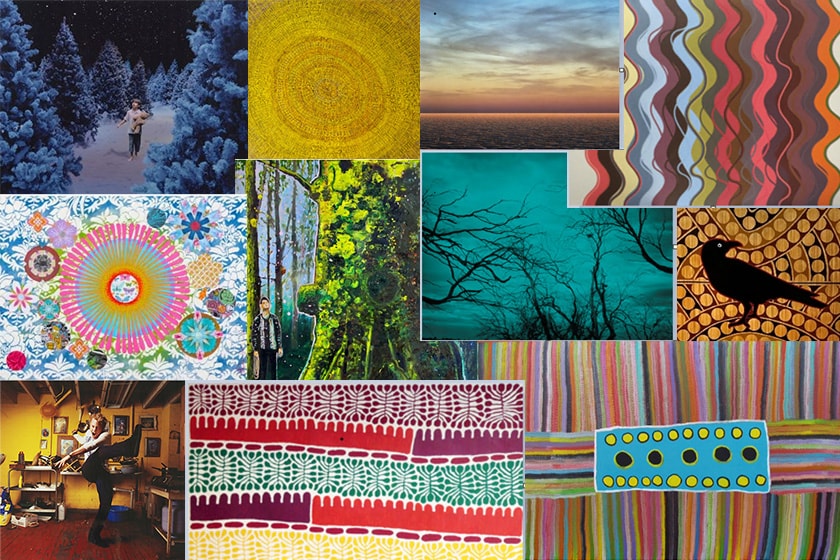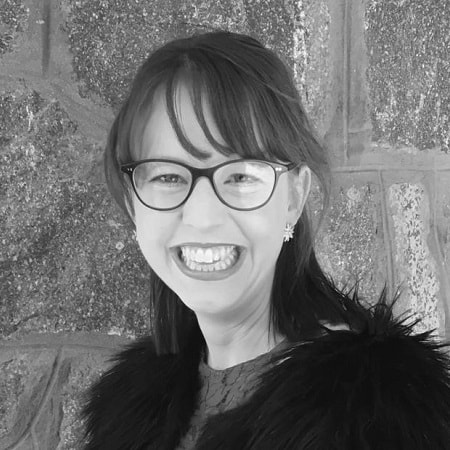First things first, what does an art curator do?
Being an art curator at St John of God Health Care is a highly variable and stimulating role. A large part of my work is in managing artwork logistics between our hospital sites around Australia and our art collection facility, as well as building and maintaining relationships with artists, gallerists, dealers, donors, philanthropists and our network of support services. The St John of God Health Care art collection relies on these relationships to operate daily, grow into the future and bring cultural and monetary value.At other times, my work is more strategic and can include writing and developing artwork strategies and plans for projects, such as the redevelopment of our Subiaco or Richmond hospitals. Some days are more creative requiring me to work on curation and bringing together research for new exhibitions and displays. Each day brings something new and exciting.
What is the St John of God Health Care art collection?
St John of God Health Care is custodian to the largest contemporary visual art collection of any health care provider in Australia.The vision behind our collection has roots that are deeply entwined in our Foundation story. The Sisters of St John of God have a long tradition of utilising and nurturing arts and innovation in health care. Their decisions to invest in visual art and their openness to a variety of vernacular art styles has demonstrated bravery and foresight.
Today, the collection includes over 2,000 2D works of art such as paintings, drawings, printmaking and photographs. The collection also includes a growing collection of sculpture and public art across our building facades, gardens and landscaped spaces. The vast majority of the collection is displayed at our Perth metropolitan hospitals, particularly at our Murdoch hospital where the art collection was first formalised between 2012 and 2014.
The art collection has grown over more than a decade through pioneering vision and investment and through the generosity of philanthropists and many donors. We continue to develop and evolve our art collection because it benefits the community we serve; our patients, clients and caregivers, through supporting the creation of welcoming, healing and stimulating environments.
Some of those benefits include:
- helping patients cope with pain and pain tolerance (Bates, 2018)
- supporting patients’ emotional wellbeing (Neilson et al 2017)
- reducing stress (Fudickar et al. 2022)
How do you decide what is in the art collection and what is displayed in hospital areas?
There are some golden rules which shape decision making around what is included in the collection and what is displayed within our facilities. These are:
- Our collection is contemporary Australian art: for the St John of God Health Care art collection, contemporary specifically refers to any artwork produced by an artist from the year 1970 to the present day. Our collection is also Australian in origin and scope, which means we collect and accept artwork by artists who either reside in or have a strong link to Australia.
- Our collection is professional: this means artwork in the collection has been created by professional artists, which secures the financial future of the art collection as an asset, with artwork by professional artists having the greatest probability to increase in value over time. While this is the case for our art collection, we support the practice of art making in all its forms. We show this through our delivery of art and music therapies and supporting community-based art initiatives e.g. the Angelico Art Award for Catholic school students.
- Our collection is a ‘working’ art collection: the collection has to ‘work’ hard for us and to withstand hospital environments which are far different from traditional gallery or museum spaces. This context shapes what we collect in both:
- subject matter: the subject of the artwork is appropriate for display in hospitals.
- what the artwork is made of: the artworks are robust enough in fabrication to be able to be displayed in bustling environments.
- Our collection aspires to diversity: diversity is reflected through the range of artistic styles and mediums present within the collection, as well as the range of artists represented. Not everyone will be in love with every single piece or every single artist, but more importantly there will be something for everyone, somewhere. Altogether this forms a rich tapestry of art which speaks to who we are as St John of God Health Care and what we are about.
What is the largest artwork in the art collection?
The largest 2D artwork currently on display can be found in the linking corridors at our Murdoch hospital. ‘Cox River’ by Barney Ellaga is an impressive acrylic on canvas painting, sitting at four metres long by two metres tall – it takes four trained art handlers to move it.By contrast the smallest artwork is a tiny silver sculpture called ‘Jumping Ship’ by Western Australian artist Felicity Peters, which is just five centimetres long by four centimetres tall.








